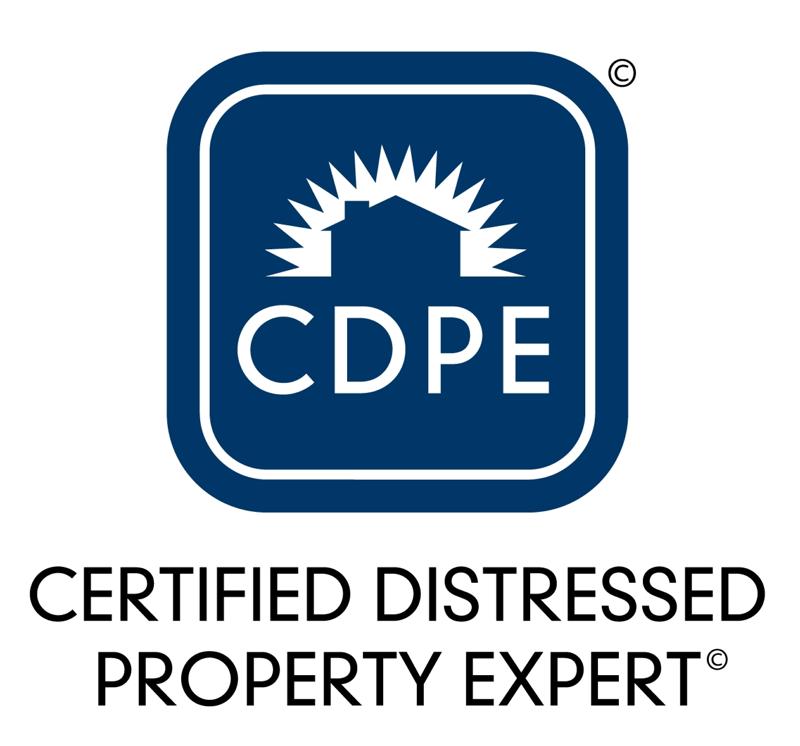|
Mortgage Information It’s a good idea to get pre-approved by a lender before you start looking for a home. Most will give you a free consultation. Once you’re pre-approved, you'll know exactly what you can afford, you can act immediately when you find the home you want, and sellers are more comfortable accepting your offer. What to expect on your first visit/contact with a lender? A mortgage lender will evaluate four areas of your financial history to determine your ability to secure a loan. These are:Credit history/credit scores
Typically the lender will only look at the last two years of your history in all the above
areas. |

|
Routine documentation you should have available:
Other items that would be helpful include:
The Loan Market It is important to know that almost all loans are sold by the financial institutions making the loan. The lender you work with is the “originator.” Your loan is then sold in the “secondary market.” The largest buyers of loans are agencies called FNMA (Fannie Mae) FHLMC (Freddie Mac) and GNMA (Ginnie Mae). These huge organizations constitute the “secondary market” and write the rules for loans that they will buy. A lender must then follow the rules these agencies have written in order for the loan (borrower and property) to qualify as conventional or FHA. During the loan process your loan will be evaluated by an Underwriter. Their job is to make sure that the loan fits the guidelines for a particular program (FHA or conventional), so the loan can be sold. What is an FHA Loan? An
FHA loan is a government insured loan that was instituted to assist buyers with minimal cash to
purchase a home and first time buyers. This program requires that the buyer invest a minimum of 3%
of the purchase price. Part of that can be a minimal down payment of 2.25% plus some closing costs.
Sometimes the buyer can negotiate for the seller to pay the remaining costs. What is a Conventional Loan? A conventional loan is a loan that meets the standards of the “conventional” secondary marketplace. There are two types of conventional loans, Conforming & Non-Conforming. Conforming loans usually fit neatly into the box of rules and are under the prescribed maximum loan amount set each year. Both the borrower and the property fit the typical scenarios and there is nothing unusual. Loans over the “conforming” loan amount or loans that have some facet outside the box either related to the borrower or the property are called Non-Conforming loans. A loan can be Non-Conforming if the borrower is unable to document their income or assets, or their credit scores are low, or if the property is unusual for the area or if the loan amount or program is designated Non- Conforming. What's the Difference Between a Fixed Rate and an Adjustable Rate? Fixed Rate Adjustable Rate Mortgage ARM’s adjust based on the combination of the index and the margin. The index is the predetermined indicator that establishes the basis for the rate adjustment. The index can be the 12 Month Treasury Average (MTA), the 1 year LIBOR rate, the 1 year Treasury Note, or Prime Rate, or several other accepted indicators. The index is the rate for the particular indicator on a particular date (usually the anniversary of the loan). The index is a number that changes daily, the margin is a static single number, usually 2.25-3.00% that is added to the index. When you add the index and the margin together, you get the new rate. Both types of loans have their benefits and pitfalls. For example, a fixed rate mortgage is appealing because you always know what your payment will be. On the other hand, when interest rates are high and falling, choosing the adjustable rate mortgage may be favored because the initial interest rate will be lower than fixed and the interest rate may drop in the future, resulting in smaller monthly payments. However, with an adjustable rate mortgage you run the risk of ending up with a higher payment should the interest rate increase during the life of the loan. An
ARM may be advisable if you intend to be in the home for a short time (the fixed rate term or less).
Many people know they will be moving in 3-5 years or less and chose to take advantage of the lower
rate to have a lower payment or afford more house. Which Mortgage is Best? There
are literally dozens of loan products and hundreds of combinations of these products. A good Loan
Consultant will listen to your needs, evaluate your situation and should recommend loan scenarios
that fit your need. A home loan should fit into your overall financial plan, help meet your long and
short term financial goals with the desired monthly payment and equity position. Your real estate professional can assist you in finding a lender for a consultation. |
|
The Lifestyle....You Deserve
Website Design by Colony One

.jpg)

